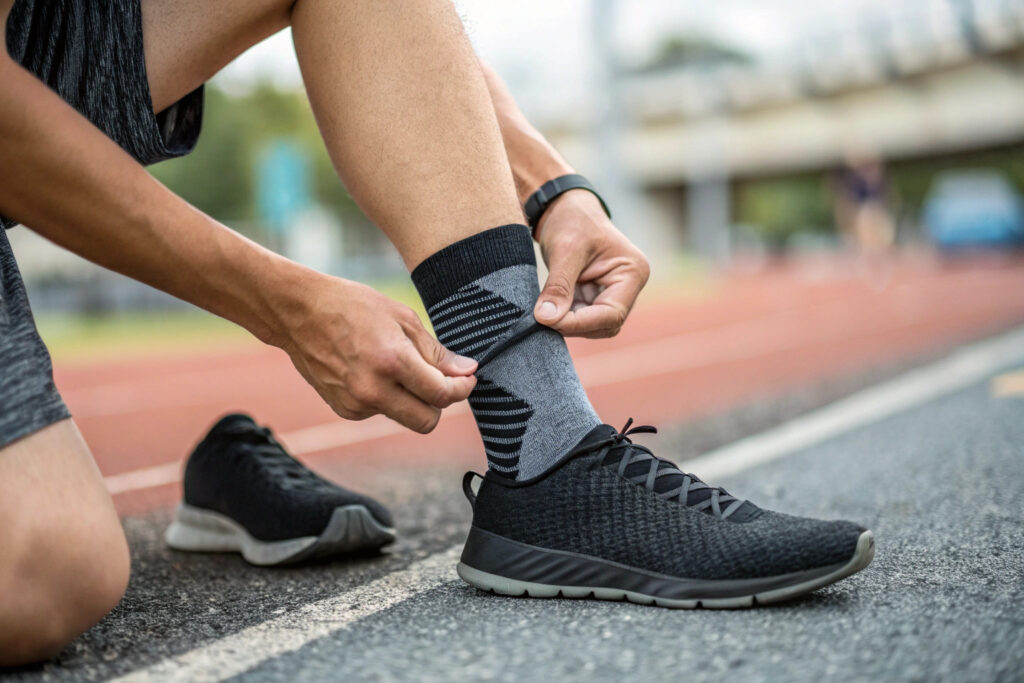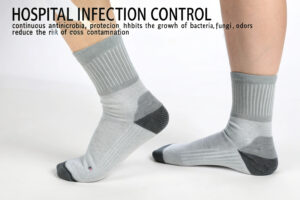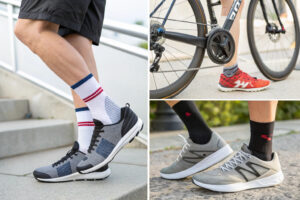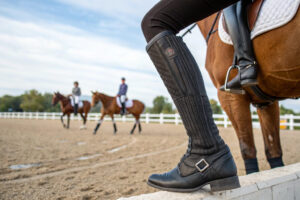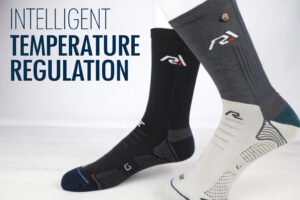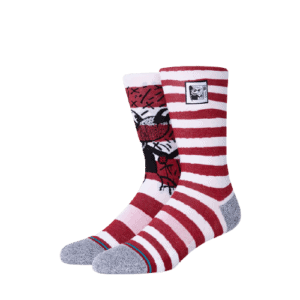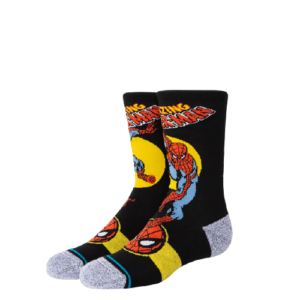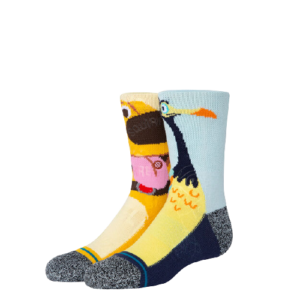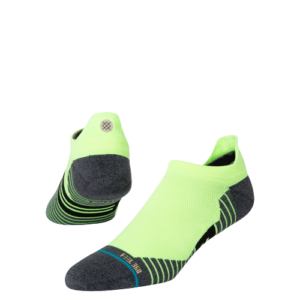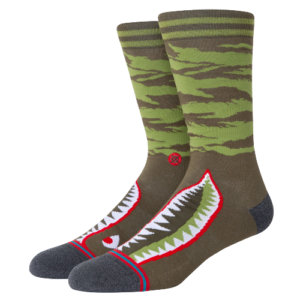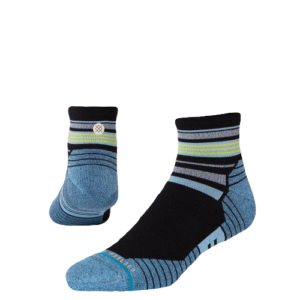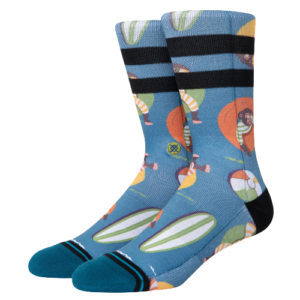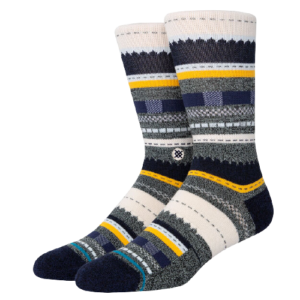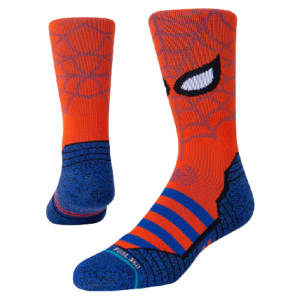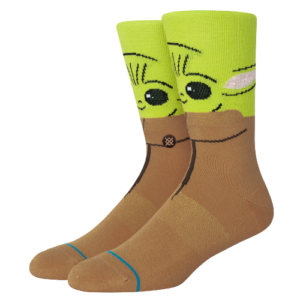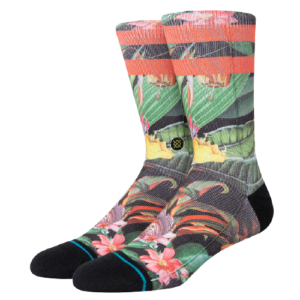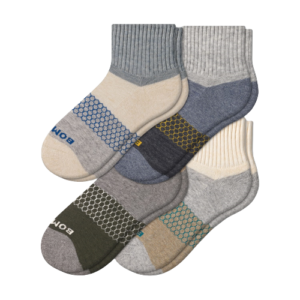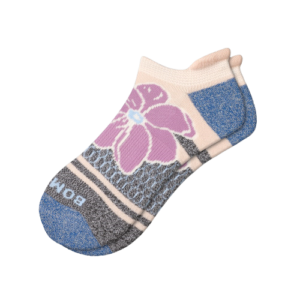If you’ve ever felt the uncomfortable rub of a sock seam on your toes, you know it’s more than a minor annoyance. For athletes, diabetics, children, or anyone with sensitive feet, toe seam friction can ruin a day—or even cause blisters and inflammation.
Seamless toe socks eliminate bulky seams at the toe closure, which reduces friction, prevents bunching, and enhances all-day comfort. Their smooth finish promotes foot health in both athletic and everyday wear.
As a manufacturer specializing in performance and medical-grade socks, we know seamless construction isn’t a luxury—it’s a necessity. Let’s explore why seamless toe socks are becoming the gold standard for global sock buyers and brands.
What Is a Seamless Toe Sock and How Is It Made?
Seamless toe socks are crafted to eliminate the traditional bulky ridge at the toe line. Rather than using overlock stitches or standard seaming, manufacturers employ advanced toe-linking technology or true seamless knitting techniques.
These socks provide a smooth, flat finish that hugs the contours of the toes, avoiding irritation and slippage inside the shoe.
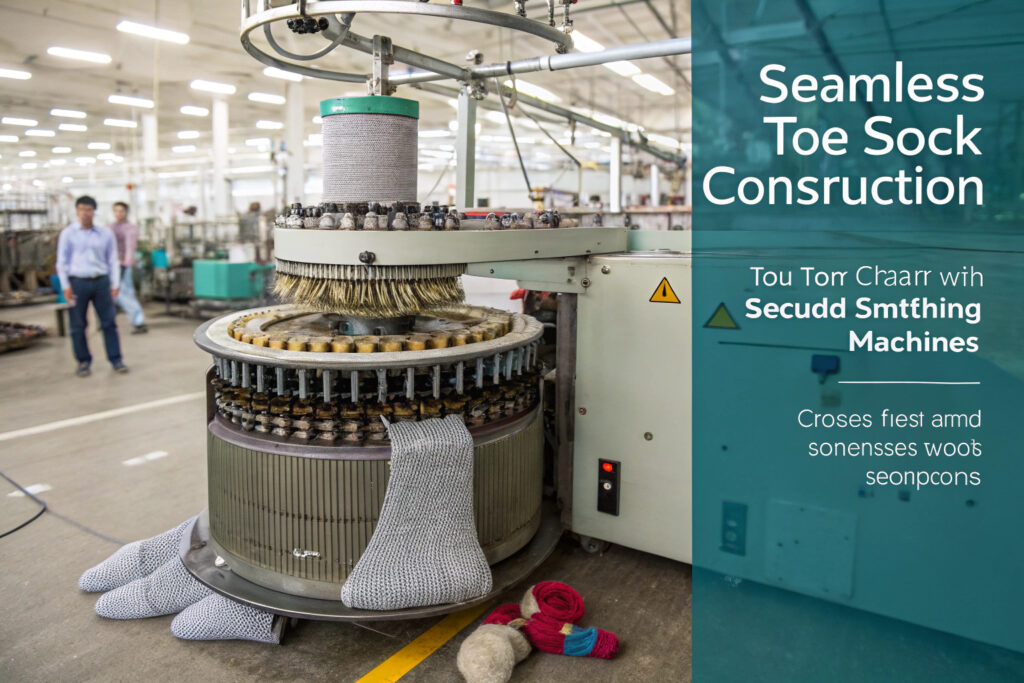
How Do Seamless Toe Socks Differ from Traditional Ones?
Traditional socks have a toe seam where two fabric panels are stitched together, often using overlock or serger machines. This results in a raised ridge. Seamless toe socks, however, use linked toe closure or flat-seam machines that make the transition undetectable to the wearer.
What Technology Enables Seamless Construction?
Seamless toe socks are made on circular knitting machines, then closed with Rosso or hand-linking methods. At GlobalSock, we use 200-needle fine gauge machines to deliver superior stitch density and comfort across athletic and medical lines.
Why Do Seamless Socks Prevent Bunching and Irritation?
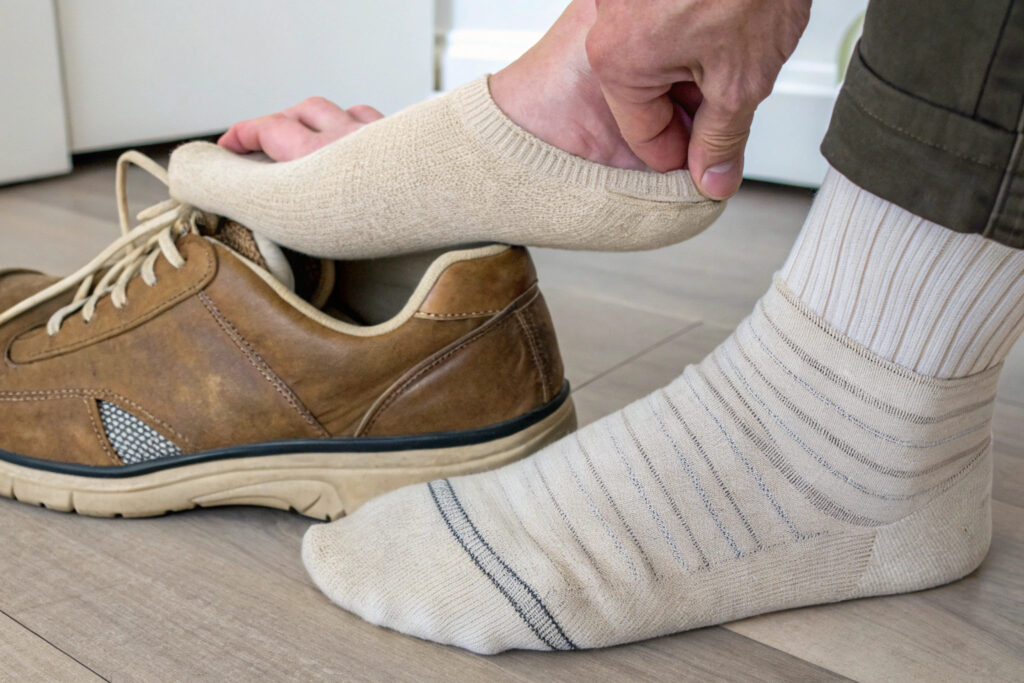
Seamless socks are anatomically designed to follow the natural curve of the toes. Without extra fabric bulk, there’s less friction and pressure buildup across the forefoot. That’s especially important in snug footwear like boots or sneakers.
By removing toe seams, socks lie flat against the skin, reducing hot spots, pressure points, and the risk of calluses or blisters.
Why Is Bunching So Common with Traditional Socks?
Bunching happens when excess fabric moves or folds inside the shoe. Toe seams can create a natural pivot point for this to occur. Over time, this pressure irritates skin and may even lead to joint inflammation. Studies by The American Podiatric Medical Association confirm these findings.
Are Seamless Socks Better for People with Foot Conditions?
Yes. Seamless socks are highly recommended for people with diabetes, neuropathy, bunions, and arthritis. Medical sock lines often feature seamless toe design to prevent skin trauma and enhance circulation. That’s why diabetic brands like Dr. Scholl's use this structure extensively.
What Materials Work Best for Seamless Toe Sock Comfort?
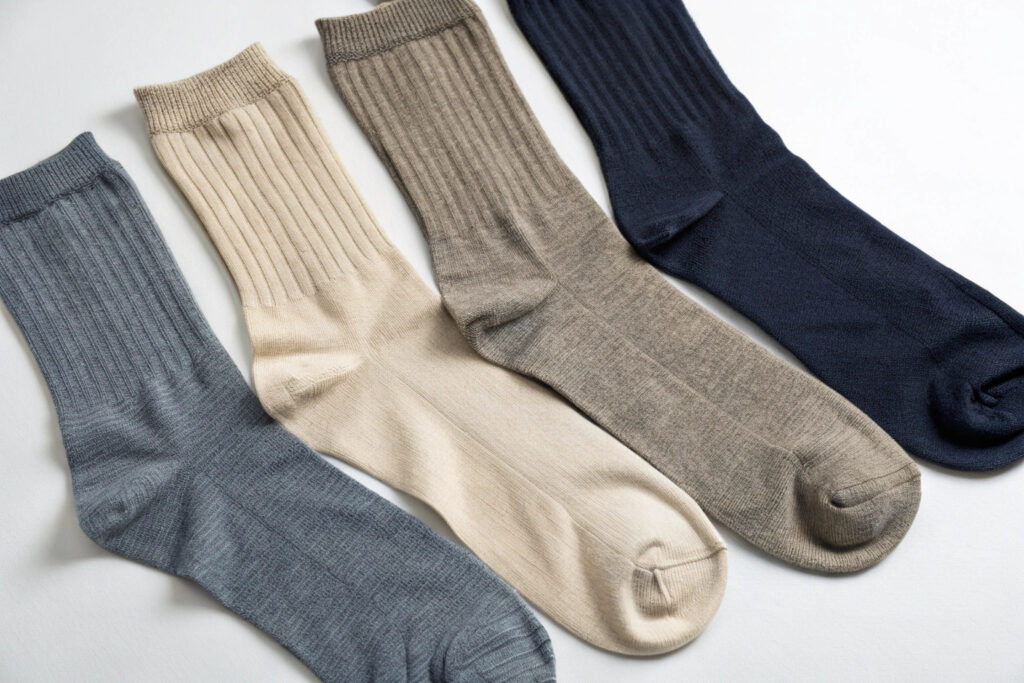
Material choice is just as critical as construction. A great design can be ruined by harsh yarns or poor ventilation. Seamless socks excel when paired with smooth, breathable, and moisture-managing fibers.
Bamboo rayon, combed cotton, modal, and Merino wool are top choices for softness and skin-friendliness. Stretch yarns like Lycra or spandex maintain shape and improve fit.
How Does Material Influence Comfort and Performance?
Smooth fibers reduce friction naturally, even before the toe is linked. Bamboo rayon, for example, offers antibacterial and moisture-wicking properties, making it ideal for sweaty or active feet. Merino wool adds temperature regulation—great for outdoor and winter uniform lines like Wigwam.
Should I Avoid Certain Fibers for Seamless Construction?
Yes. Coarse polyester or thick acrylics can create friction and diminish the seamless experience. At GlobalSock, we test every yarn using CNAS-approved abrasion tests to ensure softness and durability before full production.
How Can Uniform and Retail Brands Source Seamless Toe Socks Cost-Effectively?
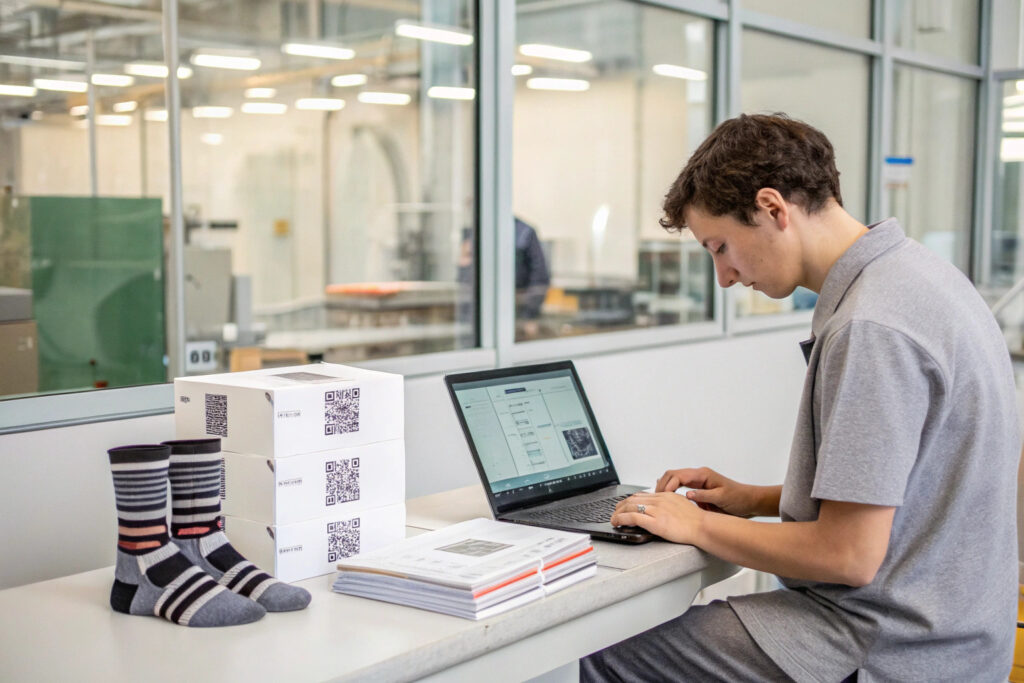
You don’t have to sacrifice quality for affordability. Seamless toe socks can be manufactured cost-effectively when paired with the right factory, standardized specifications, and optimized yarn selection.
By sourcing directly from vertical-integrated factories and choosing seasonal colors in bulk, brands can reduce unit costs by 15–25%.
What MOQ and Lead Times Are Typical for Seamless Socks?
At GlobalSock, we offer low MOQs starting from 1,200 pairs per design. Lead time for sampling is around 7 days, with bulk production delivered in 18–25 days. Other suppliers with similar capabilities include Osan Socks and Longstone Socks.
Why Do Buyers Trust CNAS-Certified Labs for Quality Control?
CNAS certification ensures lab procedures meet international standards. This matters for measuring seam strength, colorfastness, and wash durability. We provide detailed reports per batch, and buyers can also opt for intertek audits if required.
Conclusion
Seamless toe socks are redefining comfort for consumers and brands alike. By removing a small seam, they solve big problems: from skin irritation and bunching to full-blown foot injury. Whether you serve diabetic clients, sell athletic gear, or supply corporate uniforms, these socks can elevate your product line—and your customer satisfaction.
At GlobalSock, we produce millions of seamless socks yearly using smart yarn blends and precision machines. We’re here to help you develop, test, and scale your designs efficiently—without compromising comfort, quality, or budget.
Because sometimes, no seam is the best solution of all.

